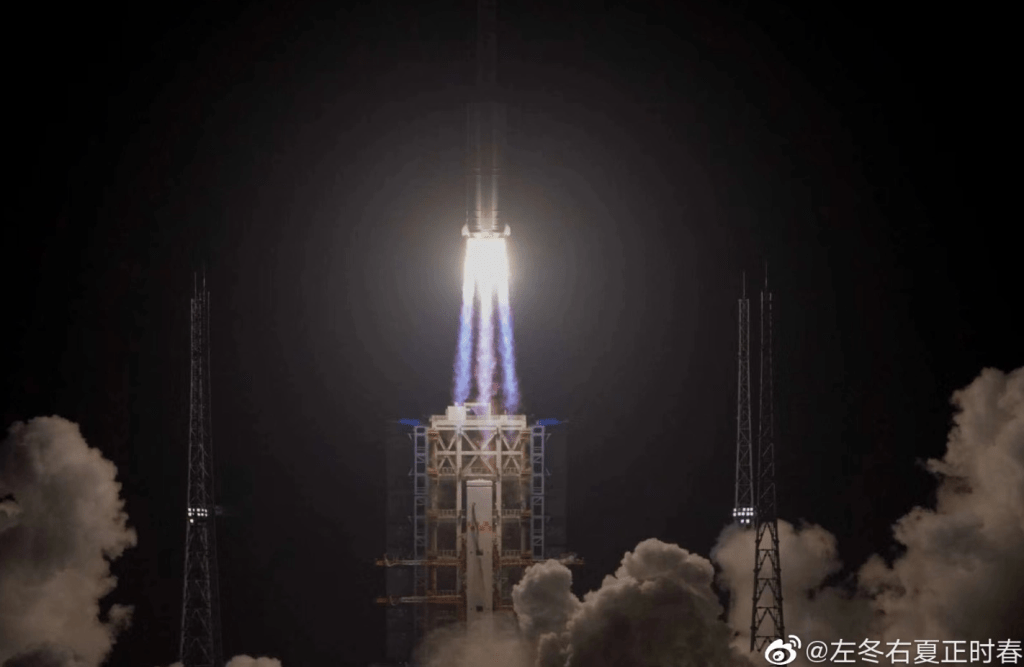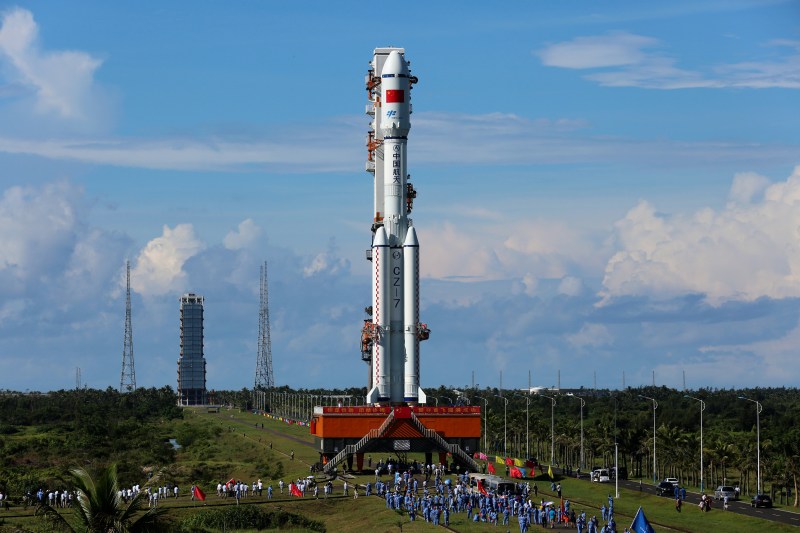Featured image credit: Xinhua News
Lift Off Time | December 23, 2021 – 10:12 UTC | 18:12 BJT |
|---|---|
Mission Name | Shiyan 12-01 & 12-02 |
Launch Provider | China Aerospace Science Corporation (CASC) |
Customer | China Association for Science and Technology |
Rocket | Long March 7A |
Launch Location | LC-201, Wenchang Satellite Launch Center, China |
Payload mass | 6,000 kg |
Where did the satellite go? | Geostationary Earth Orbit (GEO); initially Geostationary Transfer Orbit |
Did they attempt to recover the first stage? | No, the Long March 7A is not capable of booster recovery |
Where did the first stage land? | It will crash into the ocean |
Did they attempt to recover the fairings? | No, the Long March 7A is not capable of fairing recovery |
Were these fairings new? | Yes |
This was the: | – 7th launch of the Long March 7 – 3rd launch of the Long March 7A – 137th orbital launch attempt of 2021 |
Where to watch | In the unlikely event of a replay, it’ll be listed here |
What’s This All Mean?
The China Aerospace Science Corporation (CASC) successfully launched the Shiyan 12-01 and Shiyan 12-02 technology pathfinder satellites. The satellites were successfully placed into a Geostationary Transfer Orbit (GTO) after launching from Wenchang Space Launch Center, in China. The spacecraft will spend several months raising their orbits into their operational geostationary orbit (GEO).
Shiyan 12 Satellites
Like a large number of Chinese missions, limited information is available on the Shiyan 12-1 and Shiyan 12-2 spacecraft.This mission is a follow up to the Shiyan-9 and Shiyan-11 payloads.
Each spacecraft has a mass of 3 tonnes (6600 lb) and are labeled as technology demonstration satellites. They were developed by the China Association for Science and Technology (CAST).
Long March 7A
The Long March 7A (also known as the Chang Zheng 7A) is a 3 stage medium lift launch vehicle. It is able to put up to 13,500 kg into low-Earth orbit, and up to 7,000 kg into Geostationary Transfer Orbit.

First stage
The first stage of the Long March 7A consists of the center core and 0, 2, or 4 liquid fueled boosters. The core is based on the Long March 5’s core and is 3.35 meters in diameter. It has two keralox oxygen-rich staged combustion cycle YF-100 engines. Each engine produces roughly 1,200 kN of thrust and burns with a specific impulse of 300 seconds.
Each booster consists of a single YF-100 engine. In total the vehicle can produce up to 7,200 kN of thrust.
Second stage
The second stage is also 3.35 meters in diameter. It contains four keralox oxygen-rich staged combustion cycle YF-115 engines. Each engine produces 176.5 kN of thrust, has an ISP of 341.5 seconds, and a chamber pressure of 117 bar.
Third stage
The Long March 7A has a hydrolox third stage that is derived from the Long March 3B. The third stage uses two YF-75 engines. Each engine produces 78.45 kN of thrust and has an ISP of 438 seconds. This makes it one of the most efficient chemical rocket engines, behind the RS-25 with an ISP of 452 seconds, the RL-10 with an ISP of 465 seconds, and some other hydrolox engines.




